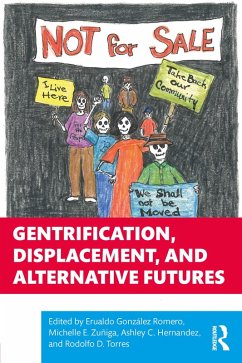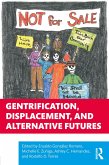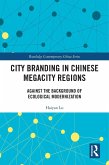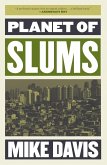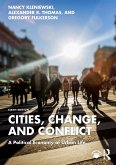Authors in this collection begin to unpack and explore the forces that underlie these significant changes in an area's social character and spatial landscape. Central in their analyses is an emphasis on racial formations and class relations, as they each look to find the essence of the urban condition through processes of demographic change, economic restructuring, and gentrification. Their original findings locate gentrification within a carefully integrated theoretical and political framework and challenge readers to look critically at the present and future of gentrification studies.
Gentrification, Displacement, and Alternative Futures is a vital read for scholars and researchers, as well as planners and organizers hoping to understand the contemporary changes happening in our urban areas.
Dieser Download kann aus rechtlichen Gründen nur mit Rechnungsadresse in A, B, BG, CY, CZ, D, DK, EW, E, FIN, F, GR, HR, H, IRL, I, LT, L, LR, M, NL, PL, P, R, S, SLO, SK ausgeliefert werden.
Loretta Lees, University of Leicester
What does it mean to place the study of gentrification, as a necessarily racialized process of displacement and dispossession, at the very heart of critical urban theory? Here is a bold volume that does precisely this, drawing attention to the many modes of gentrification from cultural place-making to art washing to transit-oriented development. Refusing the inevitability of such spatial restructuring, the authors root their research and analysis in communities that imagine, demand, and create alternative futures.
Ananya Roy, University of California, Los Angeles

